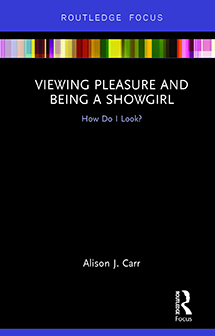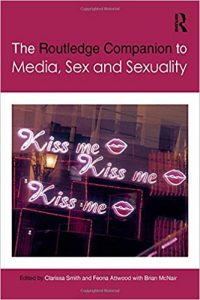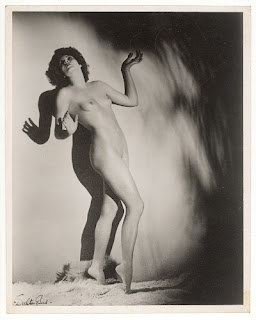The pounding, relentless forward propulsion towards the end of the world in ‘Melancholia’ experienced through the emotional breakdown of Justine serves to illustrate just how little agency the individual has. Against impending disaster: economic, environmental, political we experience only our own our emotional response. That’s all we can feel. As the film shows, we have no manoeuvre room to change the direction of the hidden planet Melancholia. We can change nothing. Just feel the catastrophe.
The first time I watched the film, I enmeshed my own feelings I was experiencing of dislocation, estrangement and research-confusion into Justine’s pull downwards into depression. Maybe she was the only one who understood what the end of the world meant. Maybe she was the only one who intuited it. The unrelenting unravelling and unhinging of Justine drives the film. Her inverted charisma cyclones, collecting up the cinema-spectators with tear-stained faces. It can wrap you into the storm, if you let it. As I walked away from the cinema in November I could feel my own cyclone collecting all my failures, all my doubts, fears, flaws. Like a magnet, the affect of film searched my psyche and found all the negativity. I had no agency. I could feel the self-doubt rush to the surface. I cried so hard I couldn’t breathe, I was hyperventilating.
The second time I saw the film, the cyclone didn’t pick me up. I watched the film dispassionately. I saw only the metaphor of the film. And the hand-held camera work and lens flare. Holding myself outside the film, I could see the mannered personas with their limitations. If I say they were one dimensional, that is not to suggest a weakness in script or acting, rather, the characters were roles, functions, once that function was completed, the character was over. The script, a product of a misanthrope’s mind, no-one comes off well, but oh! they look good. I love the running through wool, the naked moonbathing, sex under dress. All these sensuous pleasures: they return the depressed subject back into her body. She can feel.
I don’t cry the second time I see the film. I watch, distanced. I choose not to descend into the film.
It’s like I told you honey, don’t make me sad, don’t make me cry.
Lana del Rey saved me from ‘Melancholia’ that second time. Her song ‘Born to Die’ takes control of the descent. She describes mental tumbling downward, in this song, through a destructive compulsion toward the archetypal bad boy – is it even him she loves, or just how he looks?
Come and take a walk on the wild side. Let me kiss you hard in the pouring rain, like your girls insane.
The song is an ode to the pleasure of the descent. Lana chooses to pursue the pleasure of failing, for the wrong boy, the wrong life choice, the wrong drug. But this is the song of the sober person. Remembering the feelings of disembodiment, disenchantment, wanting to feel, feel something. Even if those feelings are the most negative and masochistic. An ode to the masochistic pull of falling down, into hyperventilated tears. The fond rememberings of someone back on terra firma. Choosing not descend again.
Choose your last words, this is the last time cause you and I we were born to die.
Moving back and forth between the so cool it hurts car-bonnet sex in jeans-shorts and Converse and sitting, queen of her dominion with a her tigers, in white femme-fatale dress, blue rose-crown and red lips, there is no sexier way to tell the story of the love-affair that nearly killed you. The affair, here, a love affair, but also we could insert any death-drive behaviour that we will upon ourselves, bringing us back into our own body. I guess my drug of choice is my quiet victim-moments in which I force myself to envisage and feel the catastrophic failure of my research and career. But I have a choice, I can choose that choice. Own that choice, own my feelings. The individual, with her agency.













